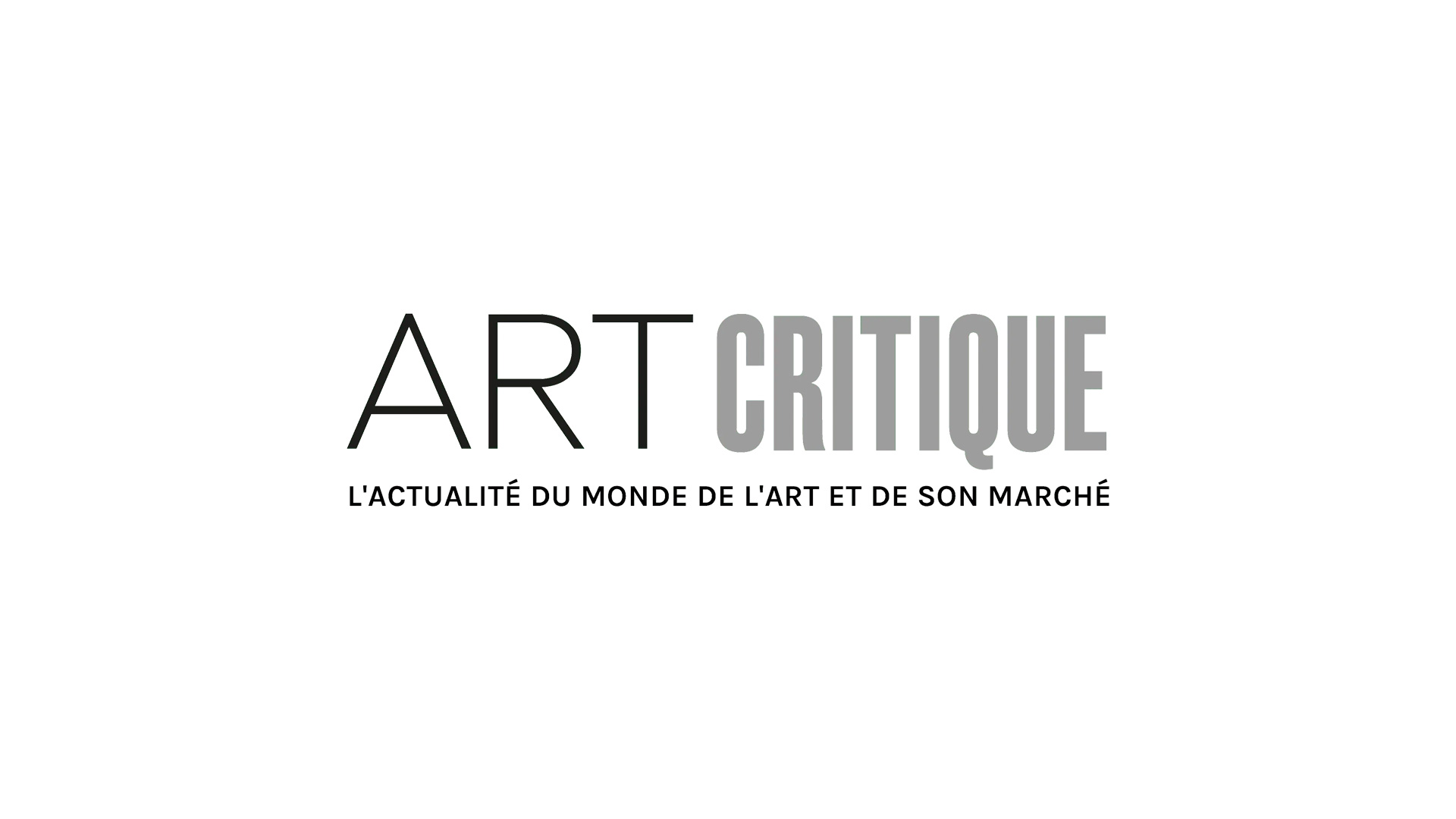A crow on the ground a decade ago served as inspiration for two new works by artist Kerry James Marshall that have recently gone on view through the David Zwirner Gallery online viewing rooms. The paintings are the first in a series that has developing in Marshall’s mind for the better part of those 10 years since his encounter with the bird. They speak to his interest in ornithology and serve as a reimagining of John James Audubon’s famous The Birds of America, an 1827 collection of 435 watercolours still highly-regarded in the fields of ornithology and art.
Both Black and part Black Birds in America: (Crow, Goldfinch) and Black and part Black Birds in America: (Grackle, Cardinal & Rose-breasted Grosbeak) debuted last week. Each centre around a crow who perches on or flies around a birdhouse that doesn’t accommodate him. Other birds, some with black markings – referencing being “part Black” to use Marshall’s words – accompany the crows all set against a blue sky. Flowers and foliage creep up around the birdhouses, another nod to Audubon’s dedication to documenting various species of plants during his career.

As a young child, having been born in Alabama in 1955, Marshall moved to Los Angeles where he became interested in various kinds of fauna, particularly birds, reptiles, and insects, and eventually found Audubon’s works. The 19th century painter was a prominent figure in recording wildlife and made friends with presidents James Harrison and Andrew Jackson in order to further his works.
However, Audubon’s life was not straightforward; he was born Jean Rabin in Haiti in 1785. His father was a French plantation owner and his mother was a chambermaid. His mother, though, has long been theorised to have been a Creole woman who was biracial. Audubon, thus mixed-race himself, was white-passing and when he immigrated to the US he changed his name and was able to make his own way in a country where slavery was still rampant. However, this theory of Audubon’s mother is not universally accepted and some scholars have potentially disproved it.
Either way, the notion that Audubon might have been biracial, or “part Black,” has inspired many and become something like modern folklore. In 1976, Audubon’s works were even included in David Driskell’s 1976 exhibition “Two Centuries of Black American Art: 1750-1950,” which shocked many as it reserved a space for the artist in the canon of Black art. For Marshall, who saw the 1970s travelling show, the notion of Audubon’s potential ancestry was intriguing and would fuel his imagination for decades to come.

Marshall began the two paintings just as the US was dealing with its first surge in cases of COVID-19 in March. Working through racial identity within the US, his work on the paintings also coincided with a moment in May when a white woman threatened to call the cops on Christian Cooper, a Black man, bird watcher, and director of the New York City Audubon, after he asked the woman to put her dog on a leash in Central Park. While much could be drawn from the situation, what stuck with Marshall was the connection he felt to Cooper, a fellow bird watcher. “There are assumptions about the kinds of things that Black people do and are interested in,” Marshall told The New York Times. He continued that with his work, he hoped to challenge the notion that “all Black people’s lives are consumed by trauma. I’m not thinking about trauma all day.”
Black and part Black Birds in America: (Crow, Goldfinch) and Black and part Black Birds in America: (Grackle, Cardinal & Rose-breasted Grosbeak) are the start of a series through which Marshall hopes to develop and expand what he sees as the “counter-archive” that renews the Black figure in the Western canon of art. “None of us works in isolation,” said Marshall. “Nothing we do is disconnected from the social, political, economic, and cultural histories that trail behind us. The value of what we produce is determined by comparison with and in contrast to what our fellow citizens find engaging.”





